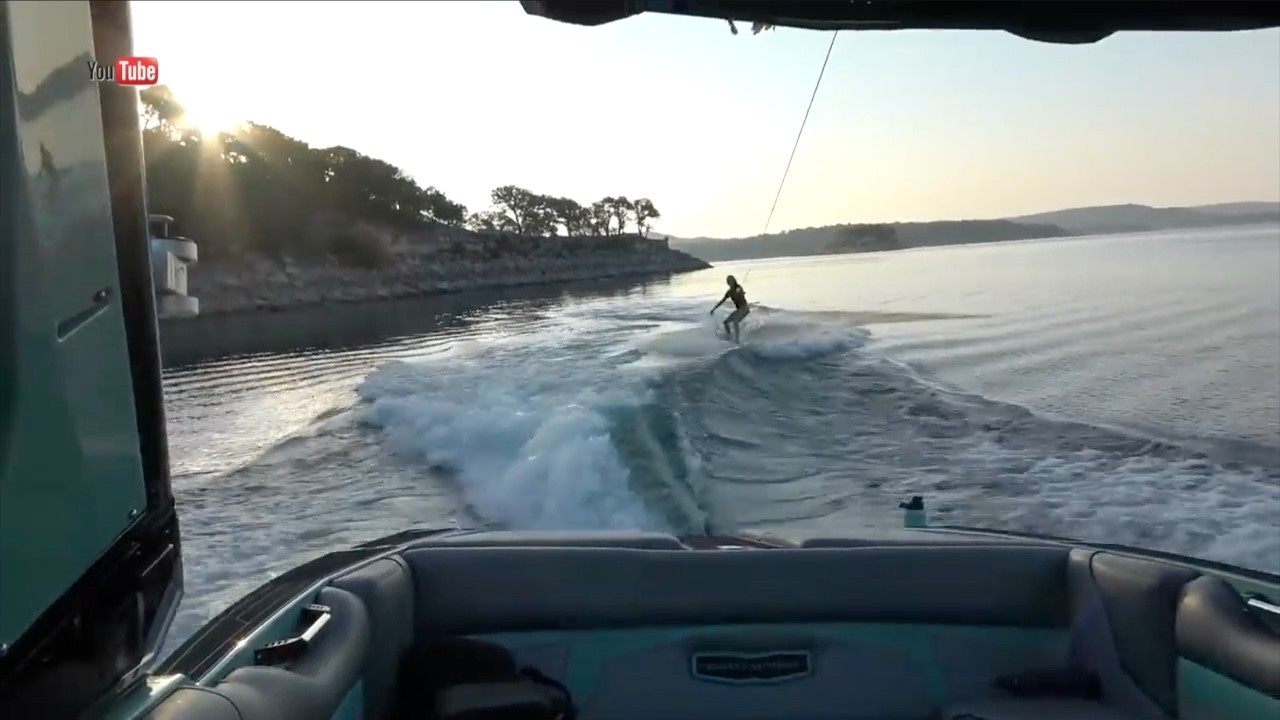Study: Wakesurf boats need extra distance from shoreline to reduce impact
[anvplayer video=”5086876″ station=”998122″]
Wakesurfing on Minnesota lakes has become more popular every summer, but there’s growing concern about what the big waves do to the water and the shoreline.
Now a new study is shedding light on the impact.
Wakesurfing boats account for less than one percent of the 825,000 registered watercraft in Minnesota, according to the National Marine Manufacturers Association. Still, they’re growing fast in popularity.
And with growth comes concern.
In the fall of 2020, the University of Minnesota’s St. Anthony Falls Laboratory took four boats — two wakesurf boats and two non-wakesurf boats — out on Lake Independence in Maple Plain to study their wakes.

“We drove them on different conditions and different distances from the shoreline and tried to document how big those waves were,” said Jeff Marr, a researcher on the project.
Marr says they calculated energy and power of the waves.
“Surfboats when they are operating in the surf mode their waves can be two to three times higher than a more traditional common recreational boat,” he said.
The study reveals wake surf boats require distances more than 500 feet from shore to decrease their wake to levels similar to those of non-wake surf boats at 200 feet from shore, the recommended distance for recreational boats.
“I think you’ve got to use common sense and say somethings got to change,” said John Bendt, President of Citizens for Sharing Lake Minnetonka.
“We need to move forward and enact whatever measures are necessary to protect our lakes,” Bendt said.
When asked if these boats should stay 500 feet offshore, Bendt said “I think that would make sense according to the data in the study.”
Jill Sims with the National Marine Manufacturers Association questions the methodology of the research.
“From our perspective, the report recommendations have less to do with shoreline erosion and more with establishing an arbitrary setback for a specific type of boat,” she said.
Marr says researchers won’t be making any recommendations on what to do with the study data, saying that’s not the role of the university, but if interest is any indication it’s an issue that’s here to stay.
“This report went online at about 8:30-9 o’clock this morning and we’ve already had over 1,000 downloads of the report. That’s unheard of for the kind of research we do,” Marr said.
Email Jessica Miles
More Jessica Miles stories
Jessica Miles bio

